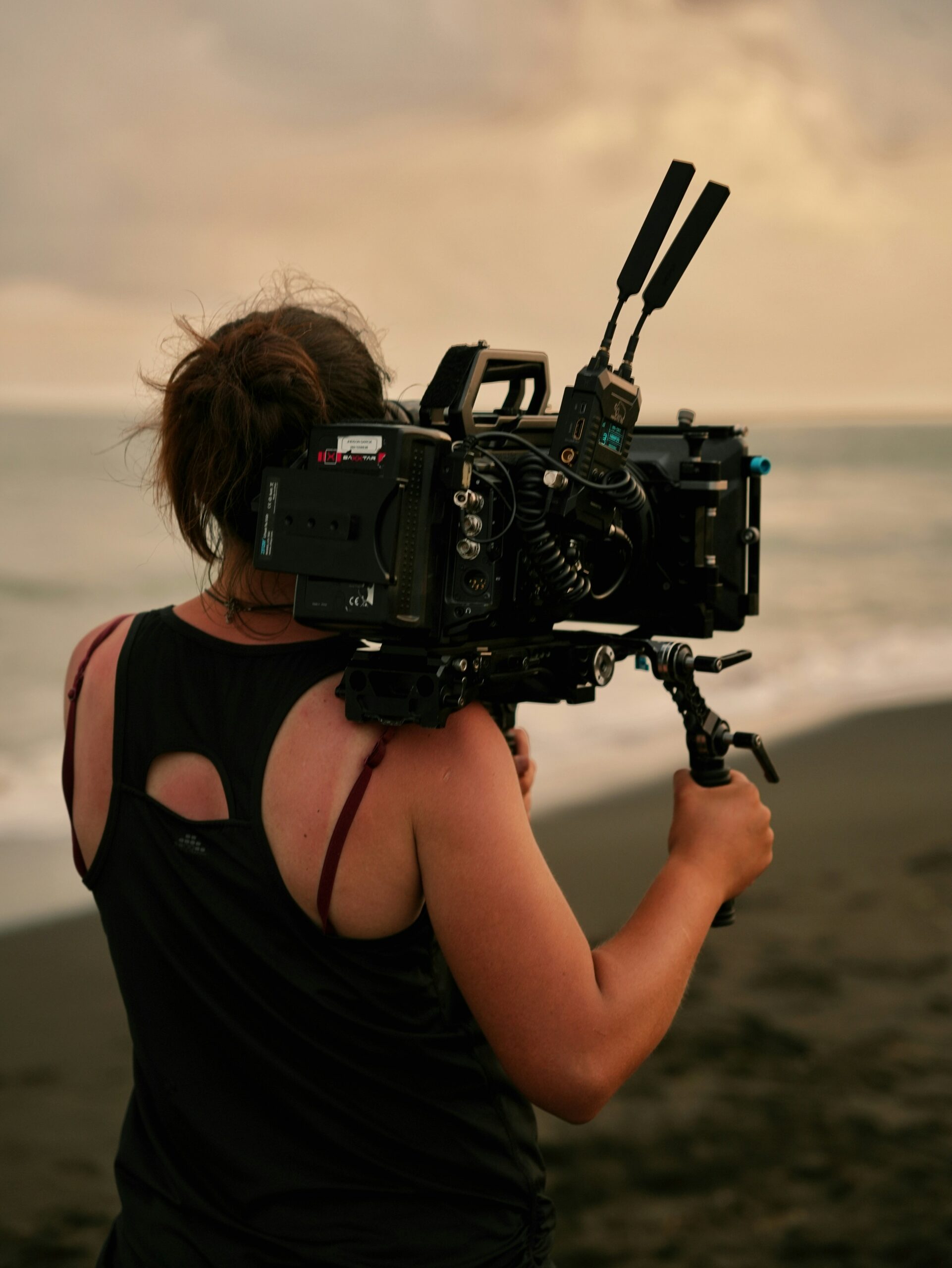Journalists emphasise the importance of working in a crew when covering traumatic stories

In 2018, Dr Rachael Fox and I published a peer-reviewed book chapter on whether trauma exposure and reactions differ for news workers who are working individually compared to those working in a crew. In 2019 , the APS Clinical College invited me to write a summary of that work for their member newsletter. Below is the summary they published, with images and hyperlinks added.
Past research indicates that journalists’ ongoing exposure to trauma can result in psychopathology. However, previous research has not considered whether trauma exposure and reactions differ for news workers who are working individually compared to those working in a crew. This article provides a brief overview of a qualitative study conducted by Dr. Rachael Fox and I. The research question was as follows: What functional roles do crew relationships play in enhancing individual resilience? In-depth semi-structured interviews were conducted with 21 TV news camera operators and reporters from around Australia. Refer to MacDonald and Fox (2018) for the full research report.
Key findings
The first key finding relates to the protective function of working within a crew. Participants indicated that working within a crew as opposed to alone simultaneously reduces the psychological and physical risks associated with trauma coverage and improves the quality of the journalistic product they are working towards.
Considerable emphasis was placed on the protective functions of having someone to relate to and with whom to share experiences for better or worse. A finding not previously reported elsewhere is that news workers typically use the drive from a traumatic story back to the station to bond with each other and cope with their experiences. They place greater emphasis on discussing work-related trauma exposure and reactions with those who have had similar experiences, as opposed to having to try and relay the experience and associated emotions adequately to family and friends after the fact.

The second key finding concerns the protective function of working with experienced colleagues. Participants indicated that experienced news workers serve a vital mentoring function, but also act to shield less experienced news workers from potentially stressful situations. However, it was also found that news crews are smaller now than they have been in the past, with camera operators commonly covering trauma alone in the field. These changes are partly due to cost-cutting endeavours that have resulted not only in single-person crews, but also in the casualisation of the industry, which has pushed many news workers into freelance employment.
The impact of limited resources
In the past, new appointees would have the opportunity to work closely with a more senior colleague for an extended period of time. Now it is more common to have a period of mentorship that lasts approximately one month. Training TV news camera operators involves equipping them with the ability to get the right kinds of shots, work efficiently, and balance assignments with deadlines. This model does not account for the kinds of skills and resilience required to cover traumatic events. Large-scale disasters and tragedies do not occur every day. The month in which newly appointed staffers have the opportunity to work alongside practiced crew members may be busy in the traditional sense of constant demands and restrictions on time and other resources. Nevertheless, it may be a relatively quiet month without any form of trauma exposure. In which case, the newly appointed staffer is denied the chance to observe more experienced colleagues manage their own trauma exposure or to learn about the employing organisation’s practices and support for staff in challenging circumstances.
Recommendations
The psychological well-being of TV news workers could be enhanced by allowing them to work within a team, as opposed to covering potentially traumatic stories alone.

News workers find their work more fulfilling and less stressful when they are able to work within a crew that looks out for them in dangerous situations. Organisations should be aware of the potential risks involved in using single-person crews and consider whether it is more suitable, and cost-effective in the long-term, to avoid sending single-person crews out to cover events that are likely to be particularly distressing. Potential mid- to long-term financial benefits include reduced stress, increased resilience, improved job satisfaction, reduced staff turnover and sick leave, increased productivity, and reduced risk associated with employer negligence claims.
MacDonald, J. B. (2019). Journalists emphasise the importance of working in a crew when covering traumatic stories. College of Clinical Psychologists eNewsletter (February), Australian Psychological Society.
Related content
Doing research about trauma
Principles for doing trauma-informed research and program evaluation
How to do trauma-informed research and evaluation
Journalists’ mental health
Photos
Person at desk: Austin Distel on Unsplash
Inside a vehicle: Christina Chauskin on Unsplash
Camera operator: Giulia Caico on Unsplash
